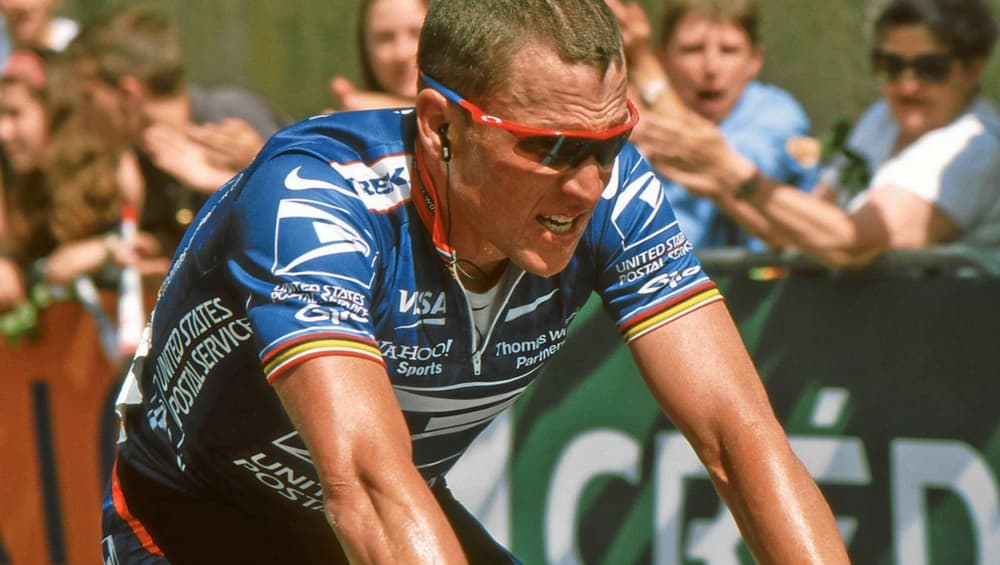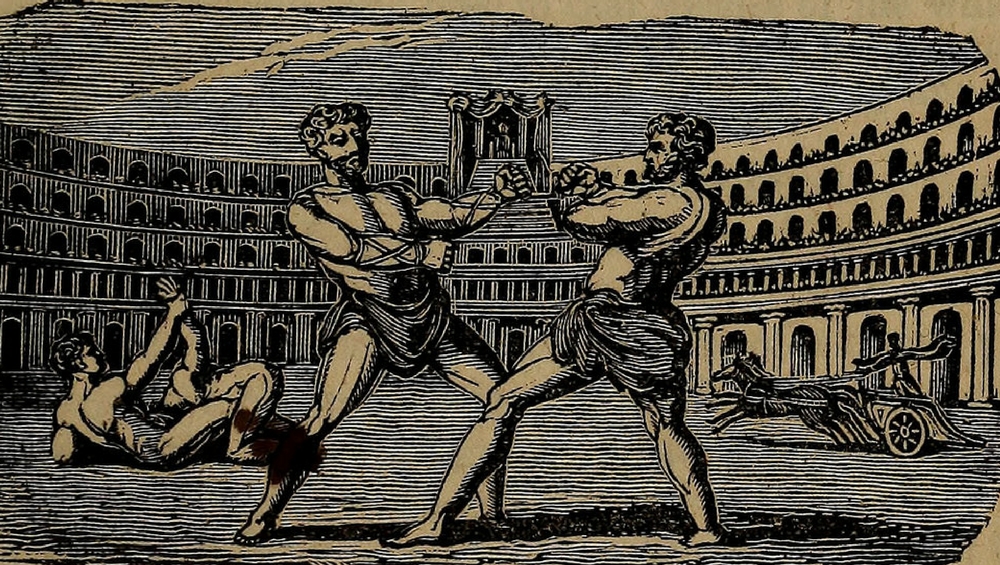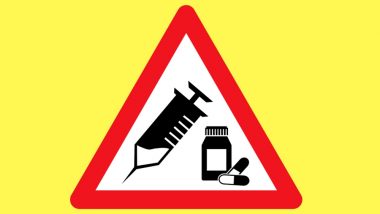After the unfortunate incident wherein a syringe was found outside an Indian athlete’s room at the Commonwealth Games in Gold Coast, Australia, the other Indian athletes are having a hard time with the needle (pun intended) of suspicion constantly pointed towards them. The Australian Sports Anti-Doping Agency (ASADA) has been bearing down on the Indian contingents, selectively targeting and subjecting all the incoming batches for dope tests, even before they check into their respective rooms. The Indian boxer who has confessed to using the syringe stated that it was merely a vitamin C shot prescribed for his ill health. But the CWG Federation, on its part, has justified the crackdown citing a breach of its stringent ‘No Needle Policy.’ Even housekeeping staff are being asked to keep an eye on the Indian athletes.
Doping in sports basically refers to the act of using illegal substances to enhance performances. These substances give the athlete an unfair edge over the other competitors, which makes the act unethical. It is a widespread problem that is seen among athletes of all calibre, making doping a medical, ethical and legal problem in modern athletics.
In an interview by Sports Illustrated, elite Olympic athletes were asked: “If you were given a performance enhancing substance and would not be caught and win, would you take it?” A staggering 98 percent said yes. Even more worryingly, they when they were asked: “If you were given a performance enhancing substance and you would not be caught, win all competitions for 5 years, then die, would you take it?" More than 50 percent answered in the affirmative. Many athletes like Lance Armstrong, Ben Johnson and Marion Jones have fell from grace when their doping history became public.

When Did Doping In Sports Begin?
If you thought that doping was introduced after the pharmaceutical industries boomed, you’d be mistaken. Doping goes back as far as the Olympics in ancient Greece. According to an article in the British Medical Journal of Sports Medicine, ancient Roman gladiators drank herbal infusions having hallucinogenic and stimulating powers that gave them strength before chariot races.

In the late 19th century, French cyclists and lacrosse players drank wine with cocoa leaves for energy. In 1886, the first case of a doping death was recorded in cycling. A combination of alcohol and strychnine was the substance of choice in the early 1900. But today, with the advent of pharmaceuticals, there are a number of substances that have been abused by athletes for performance enhancements.
What Are Some Of The Common Doping Substances And Techniques?
Without any exaggeration, there are hundreds of known doping substances and techniques used in competitive and recreational sports today. The World Anti-Doping Agency (WADA) has released a list of prohibited substances in the major categories like anabolic agents, endogenous anabolic androgenic steroids, hormones, beta-2 antagonists, anti-oestrogenic agents and masking agents that hide the effects of the dope.
Other methods of doping like enhancement of oxygen transfer, chemical and physical manipulation and gene doping are also banned by the WADA. Here’s a short list of the common performance enhancers.
Anabolic androgenic steroids
The popular term ‘steroids’ associated with doping refers to naturally-occurring male hormones like testosterone. Synthetic hormones such as danazol are also used by athletes to improve their performance.
Human growth hormone
Human growth hormones are abused by athletes because of unsubstantiated reports that it is as good as anabolic steroids but with fewer side effects. Many athletes continue abusing it as a substitute for steroids to prevent muscle loss after discontinuing steroids. It is commonly associated with sprinter Ben Johnson had admitted to using these drugs. Although controlled studies say that the growth hormones don’t help in enhancing performances, usage of the substance is rising day by day.
Erythropoietin (EPO)
EPO is naturally produced in the kidneys but the synthetic version of the hormone to enhance performances in sports, mainly by long-distance runners. It stimulates red blood cell production, helping the body deliver more oxygen to the muscles. This delays fatigue and gives the athlete energy and endurance to last longer than the competitors.
What are the side effects of doping?
Although these drugs enhance athletic performance, they’re not without their side effects. Steroids have been linked to liver function abnormalities, liver and kidney tumours, endocrine and reproductive dysfunctions, testicular atrophy, cardiac problems and psychiatric symptoms.
Human growth hormones may also lead to life-threatening health conditions since some athletes are known to use 10 times more than the recommended dose to enhance performances. Abnormal bone growth, hypertension, cardiovascular diseases, cardiomyopathy, glucose intolerance, colonic polyps, decreased life span and even cancer.
EPO is one of the most deadly doping agents. An estimated 20 European cyclists have died since 1987 due to EPO abuse. Side effects of the drug include blood thickening, deep vein, coronary and cerebral thrombosis, stroke and even death.
Have Any Indians Been Caught Doping?
India has had quite a checkered history as far as doping is concerned. As of 2015, India ranks third, behind Russia and Italy, on WADA’s list of doping violations. A total 117 athletes from the country punished for doping. Among the recent cases is that of Narsingh Yadav a wrestler who failed the dope test that nicked his chances of going for the Rio Olympics.
Seema Antil, a discus thrower from India was also stripped of her gold medal in 2000 during the World Junior Championship for testing positive for pseudoephedrine. Another set of discus throwers, Anil Kumar and Neelam Singh, were also tested positive for Norandrosterone.
Short putter Surabh Vij, longer jumpers Harikrishnan Muralidharan, Mandeep Kaur, Sini Jose and Ashwini Akkunji were all banned by the NADA in 2011. Sprinter Jauna Murmu tested positive for Methadienone and then banned for two years. The biggest doping scandals to hit India was in 2015, when 21 weightlifters were tested positive for banned substances.
Doping is a global menace. Sports federations all over the world, helmed by the International Olympic Committee, have been trying to contain the spread of the problem albeit with little success. The greed for the prize money and endorsement rewards fuels the athlete’s need to abuse performance enhancing drugs. Today, not a single sport is free of the bane of doping. A nexus between unethical pharmacists, medical professionals, trainers and sports organisations work towards finding fool-proof, sophisticated performance enhancing methods, sometimes without the knowledge of the athletes. Practices to curb doping, like educational programmes for athletes, testing and supportive medical treatment, have not helped in stopping substance-abuse behaviour in sports.
(The above story first appeared on LatestLY on Apr 04, 2018 02:30 PM IST. For more news and updates on politics, world, sports, entertainment and lifestyle, log on to our website latestly.com).












 Quickly
Quickly


